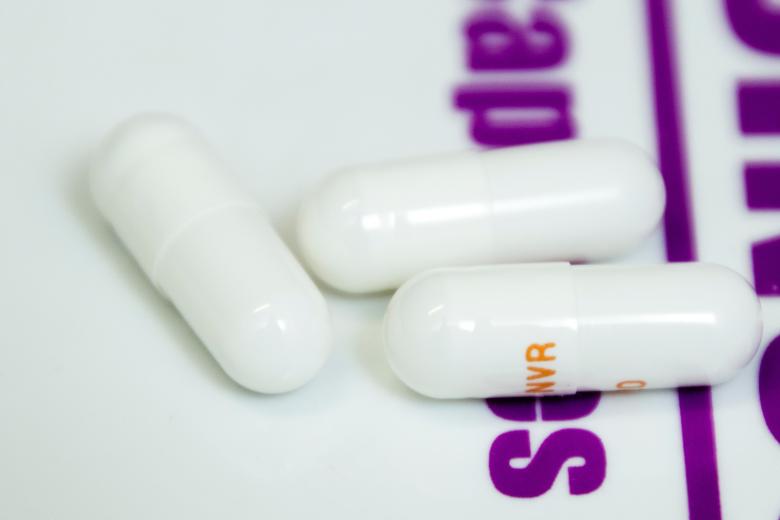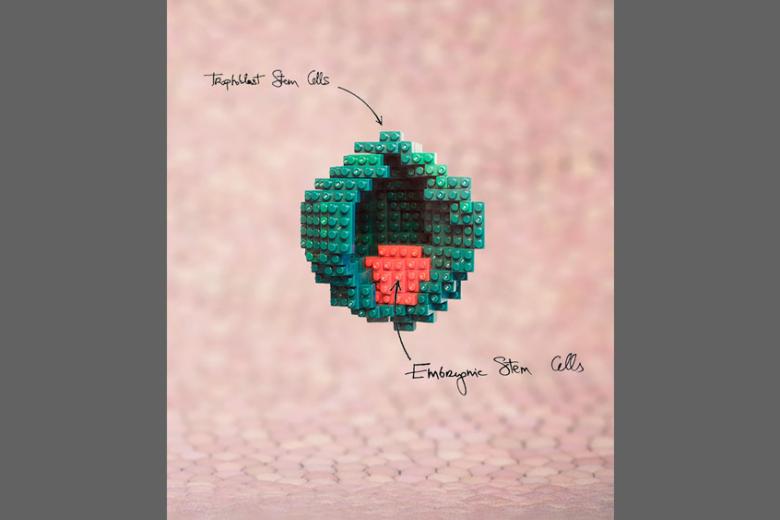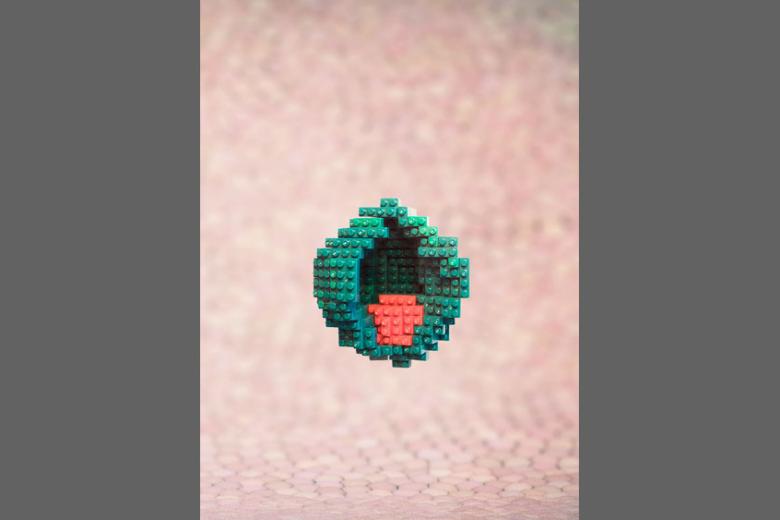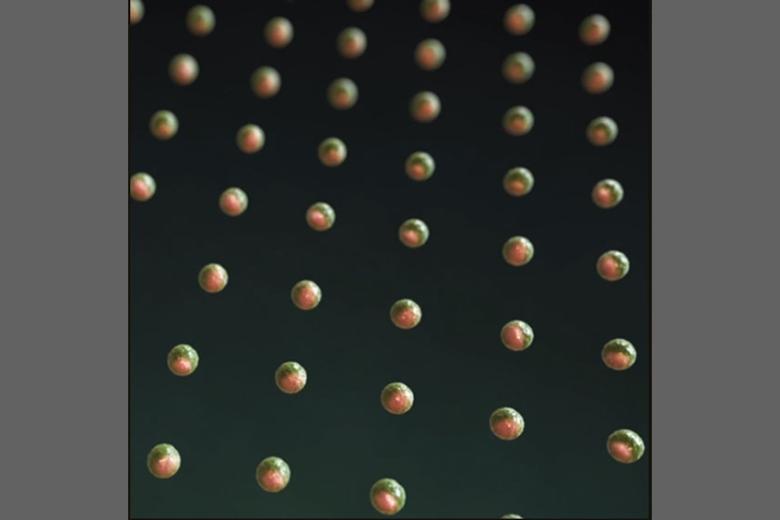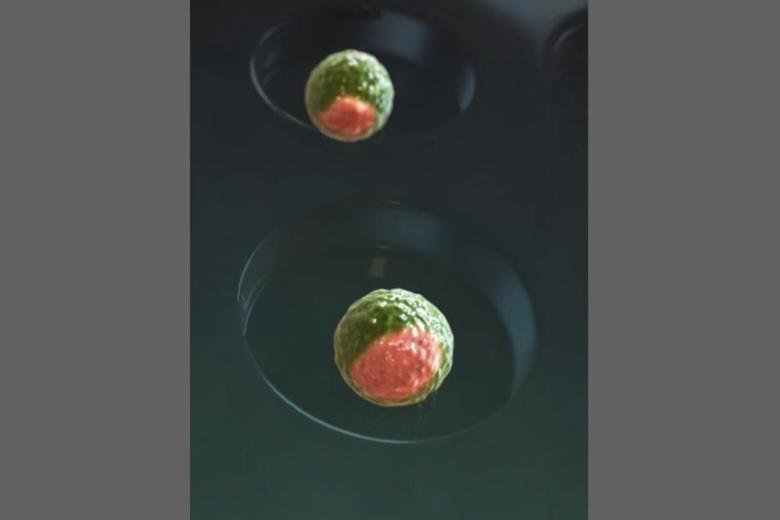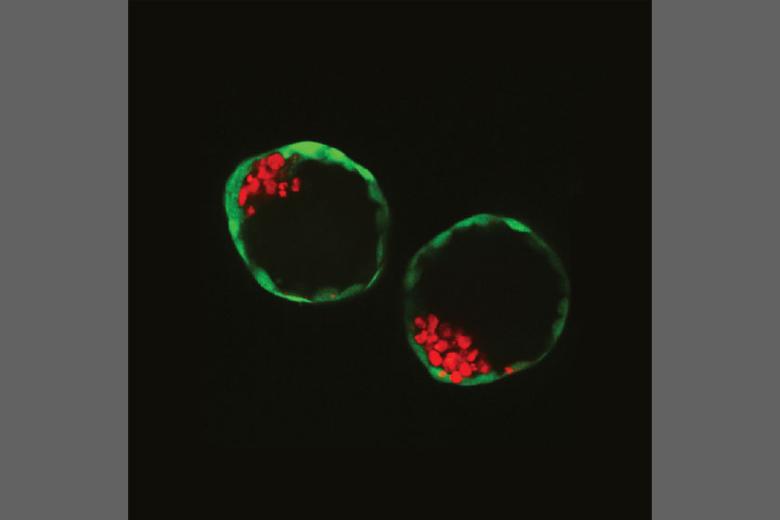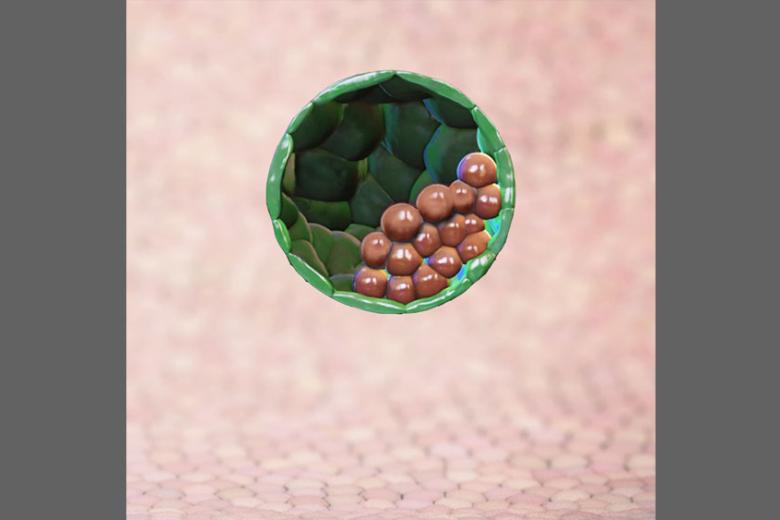Forming model embryos from stem cells in the lab
Scientists from the MERLN Institute, associated with Brightlands, and the Hubrecht Institute (KNAW) have successfully created in the laboratory embryo-like structures from mouse stem cells. These model embryos resemble natural ones to the extent that, for the first time, they implant into the uterus and initiate pregnancy. This radically new method opens the door to understanding the first and hidden processes of life, problems of infertility, or the embryonic origin of diseases. This scientific breakthrough has been published in Nature.
Opening the black box of early pregnancy
We still know very little about how early embryos develop, due to their small size (the width of a hair) and inaccessibility in the womb. Such knowledge is however vital as minor flaws at the start of pregnancy can prevent the embryo to implant in utero or contribute to diseases during adult life. Researchers have now discovered how to build model embryos in the laboratory from stem cells. Leader of the scientific team Dr. Nicolas Rivron (MERLN Institute and Hubrecht Institute): ‘Our research helps to understand the perfect path an early embryo must take for a healthy development.’
Self organizing life
Watch the video to find out how the laboratory of Nicolas Rivron can induce stem cells to organise themselves and develop into an early embryo-like structure in a dish.
Video copyright: Nicolas Rivron
A conversation between stem cells
The early embryo is a hollow sphere formed by less than a hundred cells. It comprises an outer layer of cells, the future placenta, and a small cluster of inner cells, the future embryo. Stem cell lines representing these inner and outer parts were first cultured independently and largely multiplied in the laboratory. Using engineering technologies researchers then assembled them in a recreated environment that triggered their conversation and self-organisation. While observing the process Dr. Nicolas Rivron noticed that ‘it is the embryonic cells that instruct the placental cells how to organise and to implant in utero. By understanding this molecular conversation, we open new perspectives to solve problems of infertility, contraception, or the adult diseases that are initiated by small flaws in the embryo’. For example, diabetes or cardiovascular diseases.
Benefits of follow-up research
For the first time, it is now possible to form early model embryos in unlimited numbers that implant in utero. Prof. dr. Niels Geijsen, principal investigator at the Hubrecht Institute: ‘We now have a new way to study the earliest stages of embryonic development, and to explore the influence of environmental factors on development and disease.’
Prof. dr. Clemens van Blitterswijk, department chair at the MERLN Institute of Maastricht University: ‘This research opens the path to a new biomedical discipline. We can create large numbers of model embryos and build up new knowledge by systematically testing new medical techniques and potential medicines. It also dramatically reduces the need for animal experimentation’.
Full paper: Blastocyst-like structures generated solely from stem cells
Nicolas C Rivron [corresponding author], Javier Frias-Aldeguer, Erik J Vrij, Jean-Charles Boisset, Jeroen Korving, Judith Vivié, Roman K Truckenmüller, Alexander van Oudenaarden, Clemens A van Blitterswijk*, Niels Geijsen*. *Equal contribution.
Nature DOI 10.1038/s41586-018-0051-0
Watch this series of pictures depicting the research.
Copyright all images: Nicolas Rivron
Dr. Nicolas Rivron also talks about the research in a Nature podcast
This research was made possible by the Province of Limburg and Brightlands
Also read
-
Menstruation is still a taboo in the workplace
In honour of the presentation of the VNVA Els Borst Prize for her oeuvre, Prof Marlies Bongers is organising the symposium "menstruation in RED on the agenda" on 1 October.

-
Repeat miscarriages: does the immune system play a role?
In women trying to conceive, 1-3% experience repeated miscarriages. For more than 50% of these women, a cause for the miscarriages has yet to be found. New research from Maastricht University (UM) and the Maastricht University Medical Centre+ (MUMC+) shows that the immune system’s Natural Killer (NK...
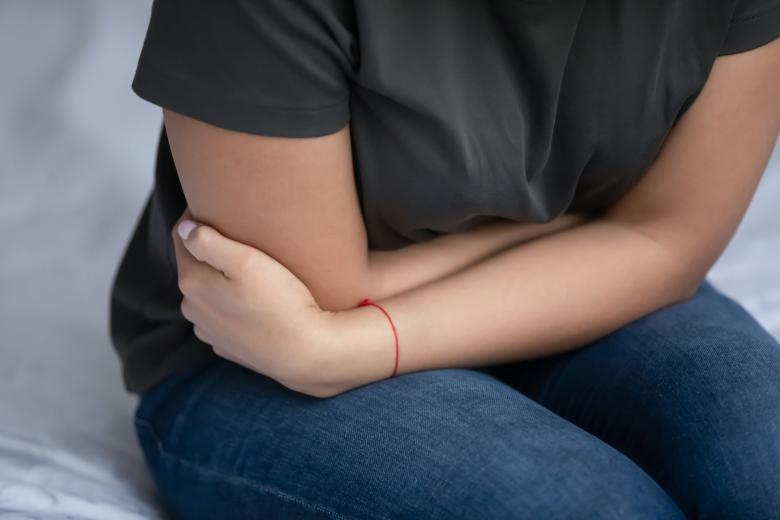
-
New European project aims to think outside the box when it comes to medicine
The European Commission has awarded €23 million to set up a new platform for drug repurposing: the use of existing drugs in diseases other than those for which they were originally developed. In the next seven years UM will develop the platform REPO4EU (precision drug REPurpOsing for Europe)...
